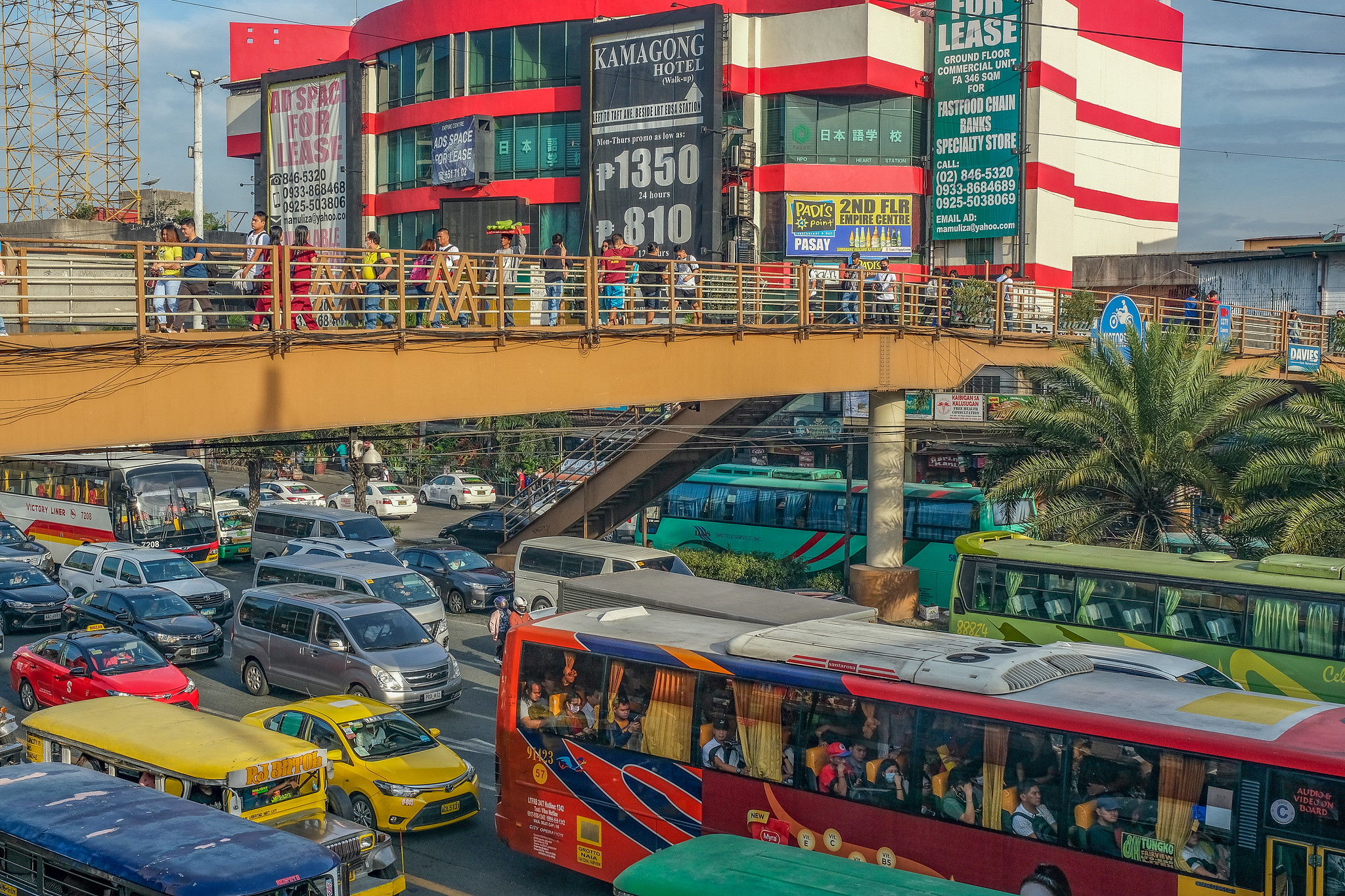
Epifanio de los Santos Avenue Greenways Project
Improved pedestrian environment in four areas along EDSA, a major artery in Metro Manila.
Sectors
TransportCountry
PhilippinesPartners
Approval
Financing
Total Project Cost
$138 million
ADB Financing
$123 million
AIF Financing
$15 million
ISSUE
Low number of pedestrians and poor pedestrian experience along EDSA.
Metro Manila is considered the most congested city in Asia in terms of population, land area, and length of road networks, based on ADB’s 2019 Asian Development Outlook. Annual average daily traffic on EDSA reached 405,882 vehicles in 2019, up about 6% from 383,828 in 2018, according to the Metro Manila Development Authority, a government agency. The project will support Metro Manila’s recovery from the coronavirus disease (COVID-19) pandemic. It is expected to create much-needed jobs during the construction period, with Php3 billion ($61 million) to be spent on local raw materials. The civil works contracts for the project are expected to be awarded during the first half of 2021. The project, including improving existing walkways and building new elevated walkways, is expected to cause minimal traffic disruptions. Existing pedestrian facilities on EDSA are poorly designed, uncomfortable, and unsafe. The project will build or improve a total of 5 kilometers of covered elevated walkways around the four stations. Elevators will be attached to the elevated walkways to address the needs of the elderly, women, persons with disabilities, and people traveling with small children. The elevated walkways will be covered, properly lit, and connected to mass transit stations to help promote the use of public transport.
SOLUTION
Inclusive mobility and accessibility through the prioritization of people-mobility over vehicle-mobility.
The project is part of the government’s “Build, Build, Build” infrastructure development program aimed at boosting public spending on infrastructure to attract investments, provide improved connectivity, and spur economic growth. It will encourage more Filipinos to switch from private vehicles to public transport, which is being strengthened with the North–South Commuter railway, the Metro Manila subway, and the upgraded Light Rail/Metro Rail Transit systems. Built with cutting-edge technology for cantilever overhead walkways, it will provide safe, inclusive, and equitable access for commuters while lowering CO2 emissions. The project will have synergy with the Metro Rail Transit Line 3 (MRT-3) Rehabilitation Project implemented by DOTr and financed by the Japan International Cooperation Agency (JICA), and three out of the four project areas include MRT-3 stations. The MRT-3 Rehabilitation Project will increase the capacity of the MRT-3, while this project will support an improved pedestrian environment to promote the use of the MRT-3. DOTr promotes walking as zero emission transport and develops flagship walkway projects as greenways projects.